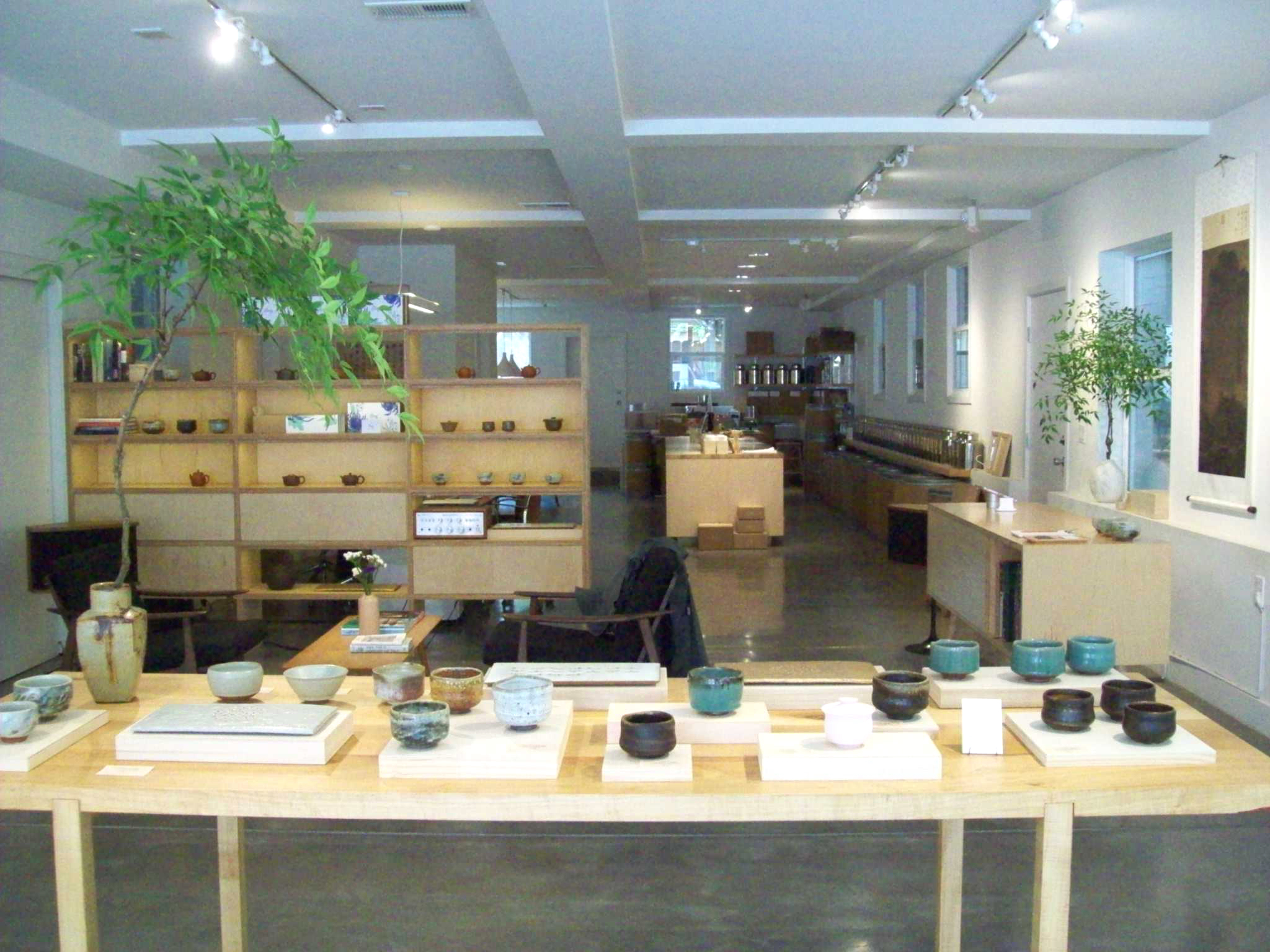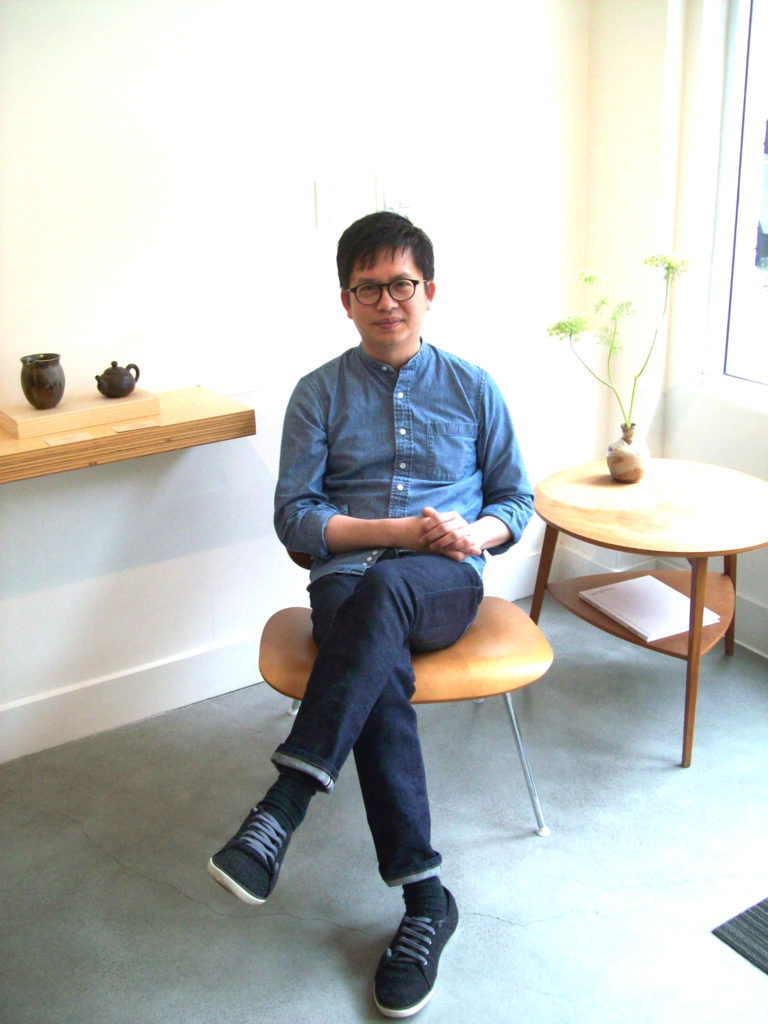
Peter Luong is not a tea mystic. The founder of San Francisco’s Song Tea & Ceramics knows and values the subtle, complex characteristics of tea, but displays a polite skepticism about the many claims for its physical and mental health-enhancing abilities. “I don’t like the ‘fetishing’ of tea,” he says. “Tea should just taste good.”
This attitude is both surprising and unsurprising considering Luong’s background. His immigrant parents opened a Chinese apothecary, Yau Hing, in San Francisco’s Chinatown more than 30 years ago. This shop carried, but did not specialize in, tea. But Luong resisted following in the path of the family business. He became a techie in, as he says, “the first wave of dot.coms.” But when the start-up he was consulting with could not create a workable business model, his father advised him: “You need to be in control of your own destiny.” He joined the business in 2003, and began slowly re-branding it. Eventually, the apothecary side of the business was closed, and Red Blossom Tea Company emerged. Luong became the tea buyer, traveling with his father to China and Taiwan, assimilating key knowledge about tea growing and processing.
In 2010, his parents retired, leaving Luong and his sister to run Red Blossom. By 2012, Luong had decided to strike out on his own, with a different, more contemporary aesthetic. A retail space, tucked away on a quiet block of Sutter Street, up from busier Fillmore Street, became available. He moved in, created a simple, welcoming interior, and bought the first “collection” of Song teas in 2013.
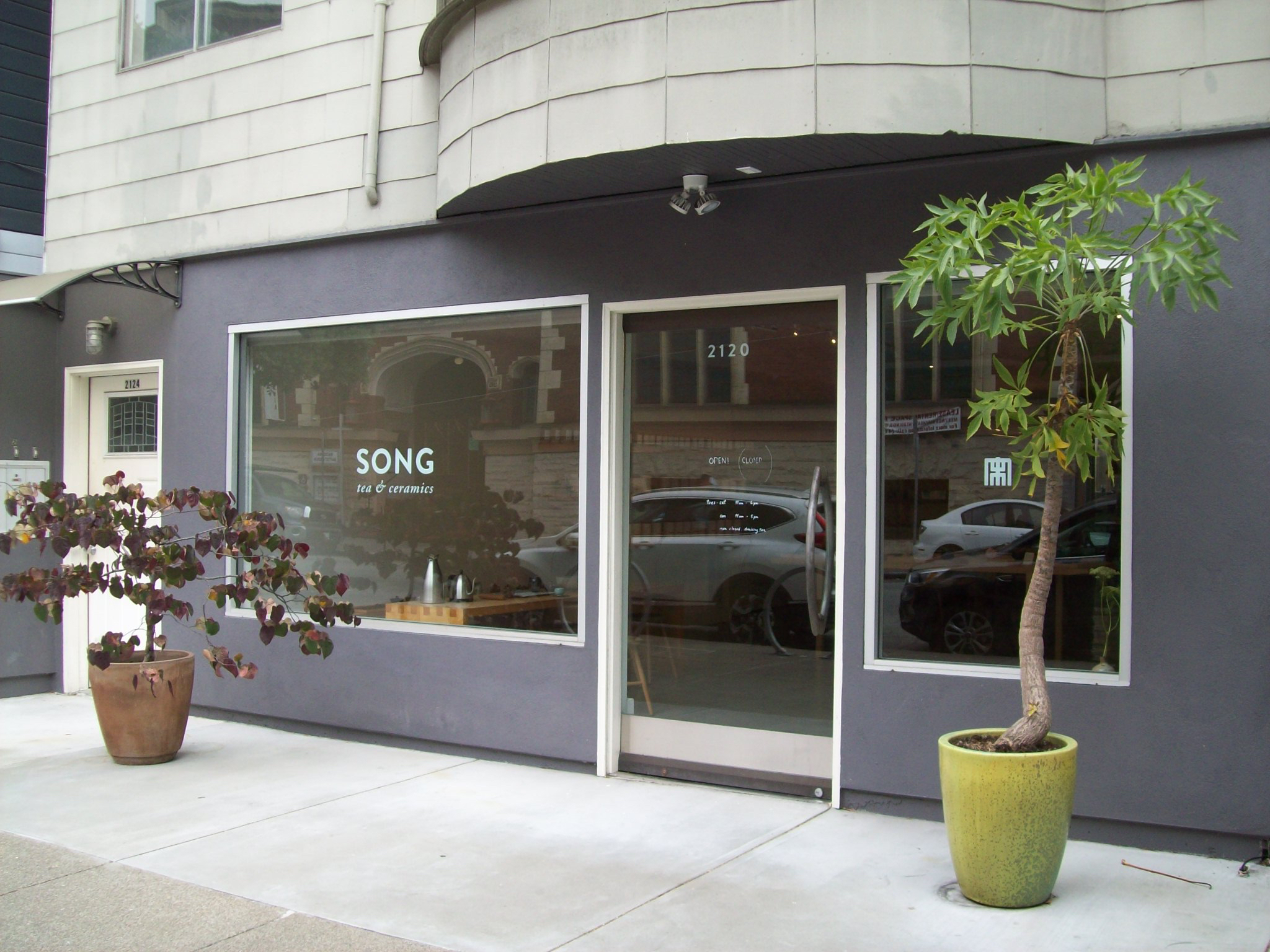
Refreshing vs. Re-upping
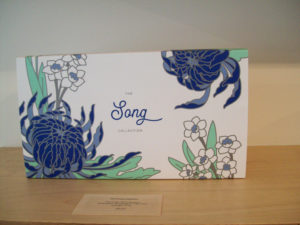 When he first began buying tea, Luong wondered why it was necessary to go overseas personally each spring. He quickly learned that establishing relationships was vital to getting the best product, as well as to discovering new sources. Song Tea carries approximately 30 teas at a time, that year’s collection. Luong emphasizes there is a “50-60 percent change” in this group each year, depending on what he finds on his buying trips. “We don’t necessarily ‘re-up,’ each year,” he says. “We refresh the collection each time.” Proper freshness, especially with green tea, and proper processing are essential. Luong mentions, for example, the precision with which Chinese fu ding certified organic white teas are prepared. “There is a perceptible difference,” he says.
When he first began buying tea, Luong wondered why it was necessary to go overseas personally each spring. He quickly learned that establishing relationships was vital to getting the best product, as well as to discovering new sources. Song Tea carries approximately 30 teas at a time, that year’s collection. Luong emphasizes there is a “50-60 percent change” in this group each year, depending on what he finds on his buying trips. “We don’t necessarily ‘re-up,’ each year,” he says. “We refresh the collection each time.” Proper freshness, especially with green tea, and proper processing are essential. Luong mentions, for example, the precision with which Chinese fu ding certified organic white teas are prepared. “There is a perceptible difference,” he says.
During our interview, he first brews Song’s White Dragonwell (2 oz. $88). This organic green tea from Zhejiang, China has a delicate color and aroma of, as Song’s website notes, “chrysanthemum, rice milk and marshmallow.”
Sipping flavors of cherimoya, buttercream and edamame, Luong answers questions about the ceramics side of the business.
Presentation and Preparation
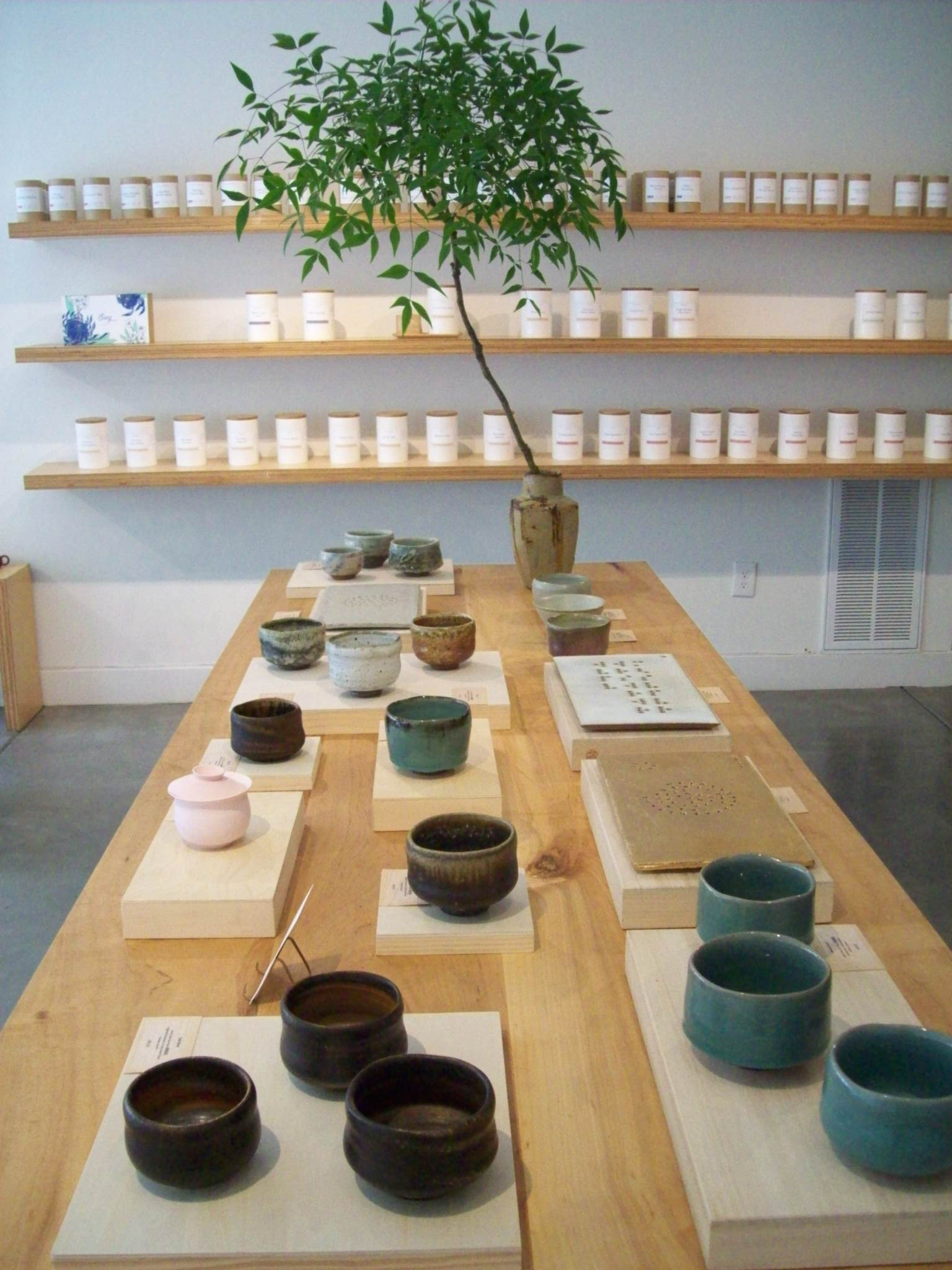
Song Tea & Ceramics features teapots, bowls, cups, gaiwans (lidded bowls), servers, and trays for gai pao (“dry brew”). All of the pieces are wood-fired and commissioned from ceramic artists in China, Taiwan, and, in two cases, the U.S. “A lot of them reflect a great deal of time and study,” says Luong. Of his four staff people (called “tea members”), “one has a solid ceramics background,” he explains, allowing sophisticated choices. He mentions the purple clay tea pots, such as the “Tambour” ($280), made by Taiwanese potters who work only in purple clay. “The pots are very simple forms,” he notes, but directly reflect a connection to the culture of tea.
However, Luong discounts over-obsession with preparation. “Tea is not coffee. Coffee [brewing] is about precision. [Brewing] tea is like cooking, where a different outcome is not necessarily bad,” he says. At Song Tea, he continues, experimentation in brewing certain green teas “has amped up the water temperature by nearly 10 degrees.” Tea dogma, Luong says, “removes the fun of playing around. Just relax and brew!”
He brews Taiwanese oolong Four Seasons Gold (2 oz. $60), a small-batch, organic picked in the third week of April 2018 and purchased from one of only 14 tea producers in a specific high elevation. Scents of gardenia, orange blossom and “peach tarte tatin” waft up from the cups. “I don’t always work with new people the first year I see them,” he says. “Often the batches are pre-allocated, so we may order for the next year.”
Pairings and Partners
If you go –
Song Tea & Ceramics
Website:
songtea.com
Address:
2120 Sutter St., San Francisco
Phone:
(415) 885-2118
On the other hand, the company does supply teas to a select group of restaurant and hotel “partners,” places Luong has personally chosen because of shared aesthetics. Similarly, the company wholesales sparingly to a group of coffeehouses across the country, ones that he feels best showcase the teas. “If they call and ask about tea bags or what is our least expensive tea, they are likely not a good fit,” he says drily.
But as he brews the final tea, luscious Taiwanese Winter Sprout Red (2 oz. $58), Luong is careful to note that the shop offers $10, three-tea tastings each retail day, and that all customers, whether steeped in tea knowledge or not, are welcome. “It’s completely OK if you don’t buy our most expensive teas,” he says, as delicious notes of rose, honeycomb and cinnamon bark are enjoyed. “I trust that people have decent palates,” he says. “For some customers, this is a destination, for others, this is their neighborhood place. We welcome all.”
Tea Market
Get More Value from Your Tea: BRU Maker One
+41794574278
Jacque's Organics
(647) 804-7263
